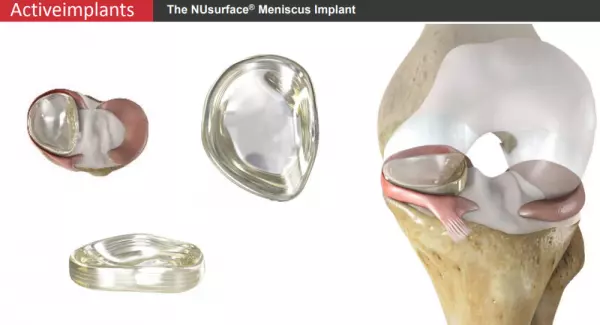
Medical technology active implants
Medizintechnik aktive Implantate: In den Produktionsstätten von MPE / Rimoni werden Aktive I...
Portal and digital medical technology fair of the largest MedTech cluster in Germany

Medical technology active implants
Medizintechnik aktive Implantate: In den Produktionsstätten von MPE / Rimoni werden Aktive I...

The European Standard EN ISO 14630 for active surgical implants was approved by CEN on 30 November 2012. It is a controversial standard, and the latest version was not approved by the European Commission. However, the new standard will be used for clinical trials. This article examines the pros and cons of the new standard and discusses its implications for patients and manufacturers. Despite its controversy, the new standard is an improvement over the previous version, which was only acceptable for clinical use in the United States.
The leading international legislation does not specify fundamental attributes for non-active surgical implants. Instead, it provides guidelines for the manufacturing process of the device. This technique facilitates communication between surgeons and engineers. Using various methods, models of the implant can be produced in hours or even days. Surgeons can inspect the model and size it against a skeleton. Rapid prototyping can also be used to produce human bone models, which is particularly useful for people with unusual anatomy.
Several medical device design guidelines have been set out, but none of them is complete. A key part of this process is communicating between surgeons and engineers. Using rapid prototyping, models of implants can be created in a matter of hours. Surgeons can then inspect the models and size them against their skeleton before committing to a surgical procedure. This technique is especially useful for patients with unusual skeletons, which may be difficult to recreate in anatomical models.
To ensure safety and efficacy, active surgical implants must conform to EN ISO 13485:2016, the European Union's regulatory body. This standard requires all components to meet specific safety and regulatory requirements. The standards also include the information on the materials used in the device. The data must be available to verify their suitability for use. The only way to determine the long-term health consequences of the device is by testing it on animals.
The FSMA requires that all breast implants are safe for patients. They must be tested before being approved by the FDA, and they must be single-use. The company that creates them also distributes and sells related surgical instruments. Currently, TSolution One Total Knee Application is the only active robot for TKA. It uses a library of open-source implant options. Its TSolution One technology has been used in thousands of total joint replacement surgeries worldwide.
NASI: The International Standard defines the general requirements for non-active surgical implants. This standard does not apply to dental implants, intra-ocular lenses, and transendodontic systems. But it specifies the general requirements for all surgical devices. In other words, NASIs must comply with the relevant standards, regardless of the implant's purpose. But it does not apply to intra-ocular lenses, as these devices are generally regarded as medical instruments.
Become a digital exhibitor yourself in the online portal of the largest and best-known MedTech cluster region in Germany and inform the world of medical technology about your products and services as well as about news, events and career opportunities.
With an attractive online profile, we will help you to present yourself professionally on our portal as well as on Google and on social media.